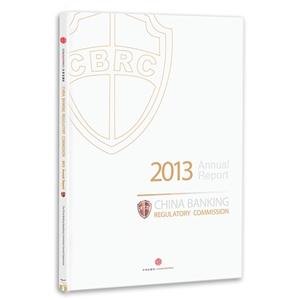
作者:中国南海研究院
页数:116页
出版社:时事出版社
出版日期:2018
ISBN:9787519501983
电子书格式:pdf/epub/txt
内容简介
本报告旨在向靠前社会较为系统和全面地介绍二战后日本自卫队的力量建设、军力部署及军事行动,动态地呈现日本防卫政策调整的发展趋势和未来的目标指向。
作者简介
The National Institute for South China Sea Studies (NISCSS) is a professional research institute dedicated to enhancing knowledge and understanding about the South China Sea and its regional security issues. It was founded as the Hainan Research Institute for South China Sea Studies (HRISCS) in 1996 and upgraded to a national level think tank and renamed the National Institute for South China Sea Studies in July 2004. In 2013, the NISCSS opened its Beijing Office in order to promote the study of the South China Sea as well as to expand its national academic partnerships.
The National Institute for South China Sea Studies (NISCSS) is a professional research institute dedicated to enhancing knowledge and understanding about the South China Sea and its regional security issues. It was founded as the Hainan Research Institute for South China Sea Studies (HRISCS) in 1996 and upgraded to a national level think tank and renamed the National Institute for South China Sea Studies in July 2004. In 2013, the NISCSS opened its Beijing Office in order to promote the study of the South China Sea as well as to expand its national academic partnerships.
In recent years, the NISCSS continues to expand its influence globally. In 2014, the Institute for China-America Studies (ICAS) was established in Washington, D.C. with the support and sponsorship of the NISCSS-affiliated Hainan Nanhai Research Foundation, and became the first Chinese think tank that goes overseas. Also initiated by the NISCSS, the China-Southeast Asia Research Center on the South China Sea (CSARC) was co-founded by the NISCSS and six influential think tanks across Southeast Asia in the year of 2016. CSARC is the first of its kind in China dedicating to the study of regional cooperation in the South China Sea.
The NISCSS was listed among the second batch of 25 pilot units of China’s “National High-end Think Tank Construction”program. The Institute currently comprises of research centers for oceans law and policy, maritime economy, maritime science, global navy and the Maritime Silk Road, etc. It covers an extensive range of research activity regarding South China Sea history and geography, regional geopolitics and security, international law, maritime economy and so on. Until now, the Institute has established cooperative ties with nearly one hundred of renowned think tanks and research institutions from over twenty countries and regions across the world. It has become an internationally-recognized research institute for ocean affairs and regional security, and a reputable platform for ocean-related public diplomacy, public maritime awareness education, and personnel training for ocean governance.
本书特色
This report aims to present the international community in a systematic and comprehensive way, the JSDF’s capacity building, force deployment, and operations in the post-WWII era, and represent dynamically the historical evolution and future trend of the adjustment of Japan’s defense policy.
目录
Evolution of Japan’s Defense Policy
I. Japan’s Defense Policy after the Second World War
II. Adjustment of Japan’s Defense Policy since the End of the Cold War
Chapter II
Japan’s Military Forces and Their Deployment
I. Defense Expenditures
II. Authorized Strength
III. Chain of Command
IV. Force Structure
V. Armaments
VI. Military Bases and Force Deployment
VII. Potential Nuclear Capability
VIII. Ballistic Missile Defense System (BMD)
IX. U.S. Military Deployment in Japan
Chapter III
The Japan-U.S. Alliance and Bilateral Security Cooperation
I. Evolution of the Japan-U.S.-Alliance (1951-2011)
II. Current State of the Japan-U. S. Alliance
III. Future Trends in the Japan-U.S. Alliance
IV. Bilateral Security Cooperation between Japan and Other Countries
V. Japan and Indo-Pacific Strategy
Chapter IV
Military Activities
I. Close Surveillance of Neighboring Maritime and Air Space
II. Continued Strengthening of Control over the Diaoyu Islands
III. Exercises and Training
IV. Routine Responses to Ballistic Missile Threats
V. Overseas Military Operations
Chapter V
Defense Relations between China and Japan
I. Existing Mechanisms of Security Contact and Dialogue between China and
Japan
II. Air and Maritime Encounters in Recent Years
III. Active Role of China-Japan Air and Maritime Liaison Mechanism in
Developing Bilateral Defense Relations
IV. Impediments to and the Outlook for China-Japan Defense Relations















